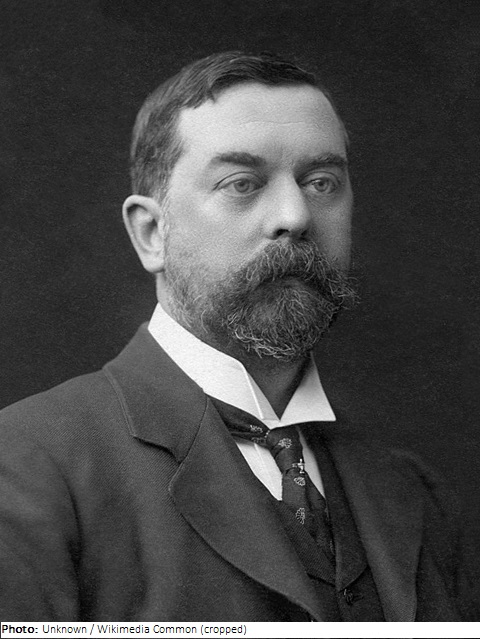
| Roles | Referee |
|---|---|
| Sex | Male |
| Full name | John Singer•Sargent |
| Used name | John Singer•Sargent |
| Born | 12 January 1856 in Firenze, Firenze (ITA) |
| Died | 15 April 1925 (aged 69 years 3 months 3 days) in London, England (GBR) |
| NOC |  United States United States |
John Singer Sargent was born the child of a doctor, while his parents were on a trip through Europe. His parents remained in Europe and constantly changed their residence. His mother encouraged her son to draw and paint in watercolor, and his father illustrated a medical textbook he had published. At the age of 13, John first joined a painter’s studio.
After a stay in Dresden, Sargent first attended the mediocre Accademia delle Belle Arti in Firenze. He then also took lessons from the American painter Edwin White (1817-1877), a Firenze resident. In 1874, the Sargent family moved to Paris. There John became a student of the well-known portraitist Carolus-Duran (1837-1917), who influenced him greatly. Through his teacher, Sargent also came to appreciate the Spanish painter Diego Velázques (1599-1660). That same year he also began studies at the École des Beaux-Arts.
From 1874-1880 he traveled through Europe and beyond; his paintings from this period include landscapes from Tyrol, Italy, Tangier, Algiers, Palestine, Egypt, France, Spain, Portugal, England, Scotland, and Norway. In Paris, he participated in the Salon de Paris in 1884, where his painting of Madame X caused a scandal. In resistance to the conservative understanding of art, he founded the New English Art Club in 1885 with other Englishmen living there.
In 1886 Sargent moved to London and took over the studio of James McNeill Whistler (1834-1903). He gained some renown through success at exhibitions. In 1899, he was elected to the American Academy of Arts and Sciences; in 1905, he was admitted as a foreign member of the Académie des Beaux-Arts and was elected to the American Academy of Arts and Letters. His technical brilliance made Sargent the most sought-after and also the most expensive society portraitist of his time. He created life-size portraits of the American and English aristocracy in an Impressionist style influenced by Whistler and Spanish painting.
With time, however, he developed an increasingly critical attitude toward portraiture, especially weary of keeping his extravagant clientele happy. In 1907, he officially closed his studio. Turning away from portraiture, he became increasingly interested in views of architecture and landscapes, which he executed primarily in watercolor.
Sargent’s last major works were two large-scale paintings with World War I as their subject. Gassed was produced in 1919 for the Ministry of Information. It depicts British soldiers after a poison gas attack by German troops. The group portrait General Officers of World War I of 1922 was a commission from the National Portrait Gallery. In 1925, Sargent died of a heart condition. He remained unmarried throughout his life but had a large circle of friends. Research has since proven that his art was influenced by his homosexuality to a certain degree.
While Sargent was repeatedly praised for his technical skills, he was also accused of superficiality and anachronism. He refused to take a positive view of modern art. Today, his art is perceived as a precise dissection of a bygone era. His life’s work includes about 900 oil paintings, 2000 watercolors, and countless sketches and charcoal drawings, also reflecting his extensive travels.
| Games | Sport (Discipline) / Event | NOC / Team | Phase | Unit | Role | As | |
|---|---|---|---|---|---|---|---|
| 1924 Summer Olympics | Art Competitions |  USA USA |
John Singer Sargent | ||||
| Painting, Open (Olympic) | Final Standings | Judge |